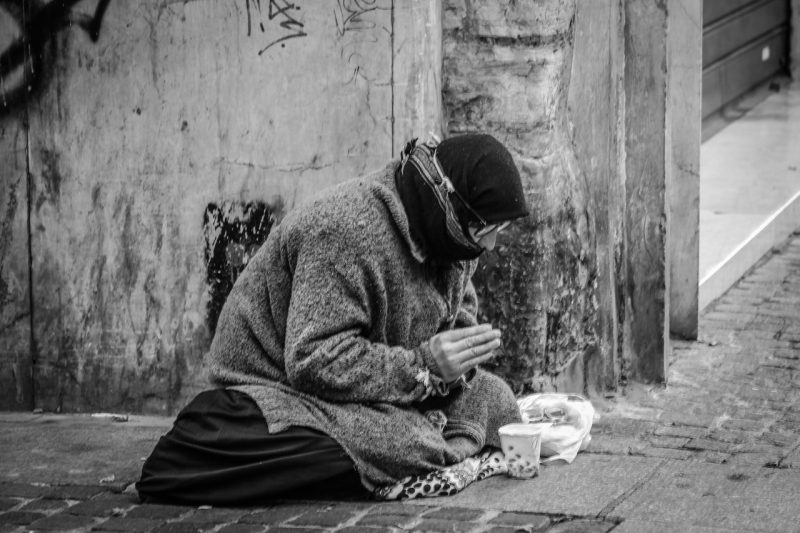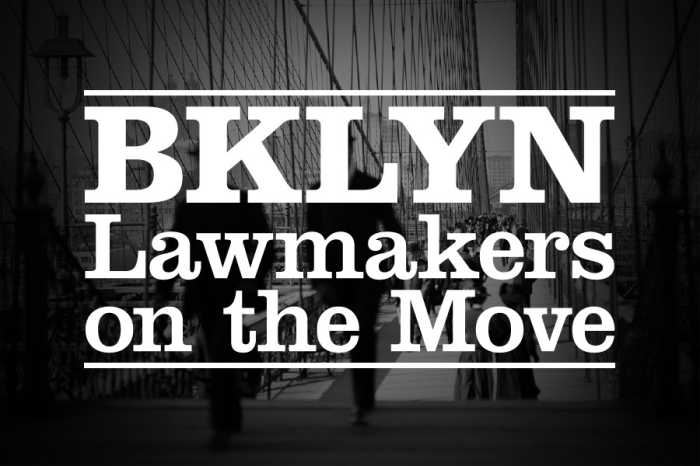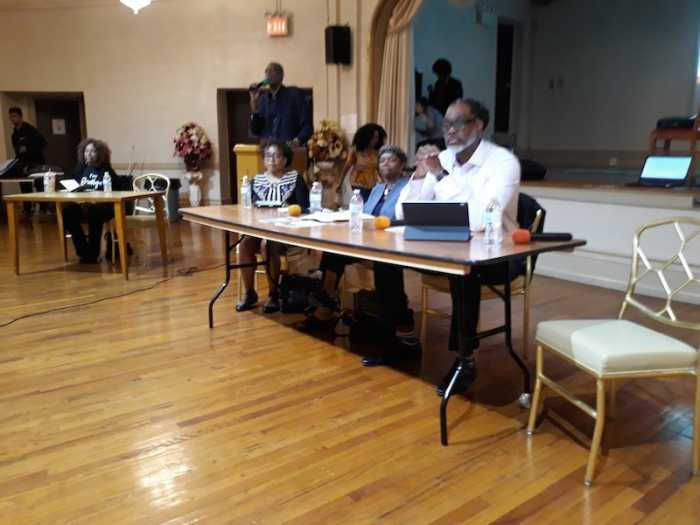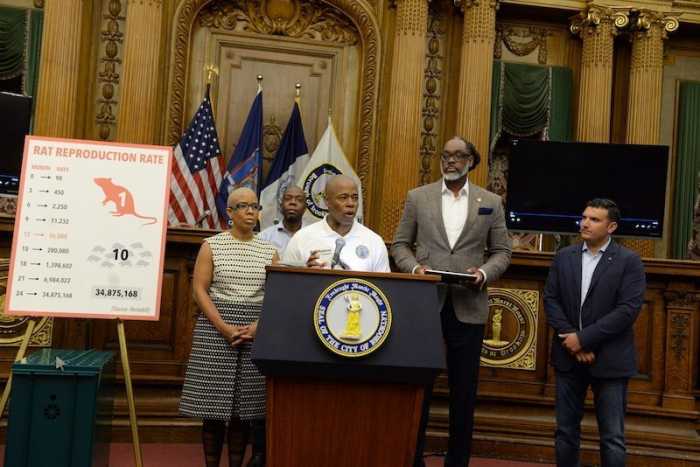City Council Members Stephen Levin (D-Boerum Hill, Brooklyn Heights, Brooklyn Navy Yard, Downtown Brooklyn, Dumbo, Fulton Ferry, Greenpoint, Vinegar Hill, Williamsburg) and Robert Cornegy (D-Bedford-Stuyvesant, Northern Crown Heights) on Friday blasted Mayor Bill de Blasio’s Outreach NYC plan to rein in the homeless crisis.

Under the de Blasio Administration plan, which was released last week, the city will provide comprehensive, systematic, training to 18,000 City employees across five agencies, including the Department of Sanitation (DSNY), the Department of Health and Mental Hygiene (DOHMH), the Fire Department (FDNY), the Department of Buildings (DOB), and the Parks Department, on how to use the 311 app in all of its platforms to submit Service Requests (SRs) related to individuals experiencing unsheltered homelessness.
These SRs will be routed to the City’s new Joint Command Center (JCC), managed by the Department of Homeless Services (DHS) and NYPD, where interagency staff will analyze trends, triage requests, and prioritize and deploy multi-Agency responses as appropriate, including to provide collaborative assistance to more challenging cases involving high-needs individuals.

But Levin, chair of the council’s General Welfare Committee, said while well-intentioned, Outreach NYC is not the solution for reducing the number of people sleeping on the street and in the subways.
“The City has decided to put forth a new policy no one asked for, rather than tackle the crux of the issue. We need to listen to people with lived experience and providers who are doing this work every day. They know what solutions are needed. These solutions are certain to cost money and force us to re-examine our priorities and rethink how we approach onerous and outdated policies, but we’ve been calling homeless a crisis in NYC for far too long. We need to not put forward a crisis level response,” said Levin.
Levin said what is most frustrating is the city has solutions it knows will work to curb the homeless crisis. They include:
- Shelter providers, outreach workers and homeless serving organizations have repeatedly called for significantly more and easier access to safe haven beds which is a lower threshold model for shelter where we know people feel more safe than the large intake shelters.
- Adoption of the House our Future NY platform and pass Councilmember Rafael Salamanca’s bill Int. 1211, which would ensure greater housing set-asides for homeless New Yorkers in affordable housing developments. The administration could announce their support for this platform today if they wanted to.
- A voucher system that actually covers the cost of a real NYC rent. We know that many individuals and families have vouchers for many months or even years without being able to find an apartment with the rent at the voucher amount.
- Real health and mental healthcare options. Right now, someone in crisis has to wait up to two days for a mobile response team to come out, far too late for people who need an emergency response.
“At a time when the State is set to add hundreds of more police to the subways to patrol and surveil homeless New Yorkers, it is concerning to see this ill-advised response to street homelessness touted as a key solution. This comes on the heels of DHS and NYPD’s subway service engagement plan and new directives from the State to require a shelter savings plan, both of which raise serious concerns of the impact they’ll have on street homeless New Yorkers,” said Levin.
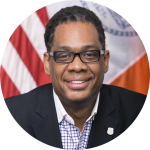
Cornegy said among his concerns is that the city will use precious resources to train thousands of city workers to call 311 when they sight an unsheltered New Yorker experiencing homelessness. Instead of working to unify the work of agencies already doing effective street outreach.
“New Yorkers are not living on the street because they have not been reached out to – it is because there are not enough safe, hygienic, and low-barrier resources available to persuade people to come in. Low threshold interventions like safe havens and housing first policies have been found to be incredibly effective in getting people experiencing homelessness stably housed,” said Cornegy.
“There are currently about 80,000 New Yorkers experiencing homelessness, enough people to fill Madison Square Garden about four times. There are nearly 4,000 individuals who are living on the street, and calls to 311 from government employees are not going to help move those people from the street to a home.
“Since Mayor de Blasio took office, New York City’s shelter census has increased by 10,000 and shows no signs of declining. While well-intentioned, Outreach NYC is an example of a government effort that keeps us stuck with the status quo. It is time for clear-eyed and bold action to end this crisis,” Cornegy added.


